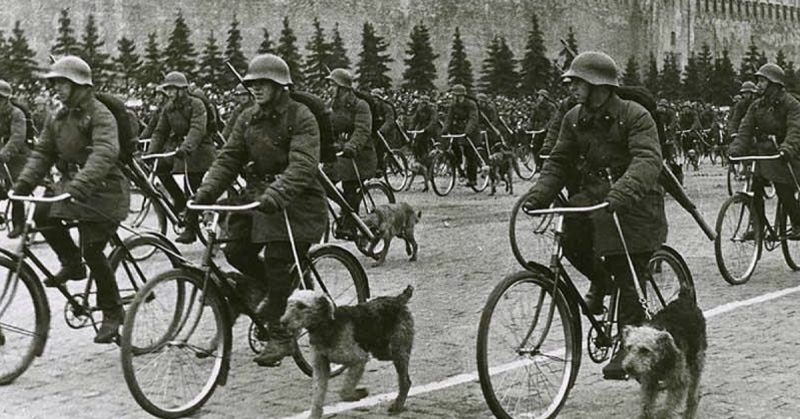In the Ukrainian village of Legezino in the Cherkassy region, there is a monument to “Heroes of frontier guards and their dogs.” It is devoted to the heroic feats of the fallen border guards, protecting the rear of the Southwestern Front and their faithful service dogs. Their battle was one of the most tragic events of the early stages of the Great Patriotic War.
More than three months had passed since the beginning of the Great Patriotic War. On August 3rd, on the orders of the German high command, the city of Kiev was supposed to be completely captured. Later, on August 8th, Hitler planned to arrive in occupied Kiev for the “victory parade” and meet there with Mussolini and the Slovak dictator Tissot.
Hitler’s plans were not a secret to the Soviet government. For this reason, the Soviet command sent troops to this area to create a defensive line along the old border of 1939.
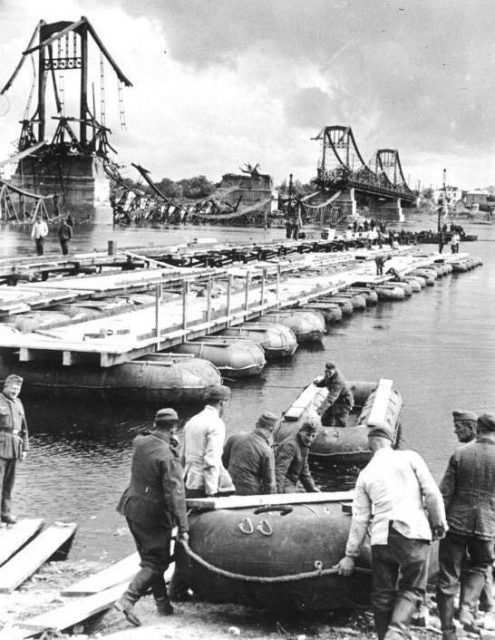
The first attempt by the German troops to seize Kiev failed. Then the Germans received a new order – to bypass the city from the south. The Soviet troops began using poorly mapped areas to form defenses. One of these areas was a hilly massif located near the right bank of the river Sinyuha. Nearby the the villages Podvysokoye and Legesino.
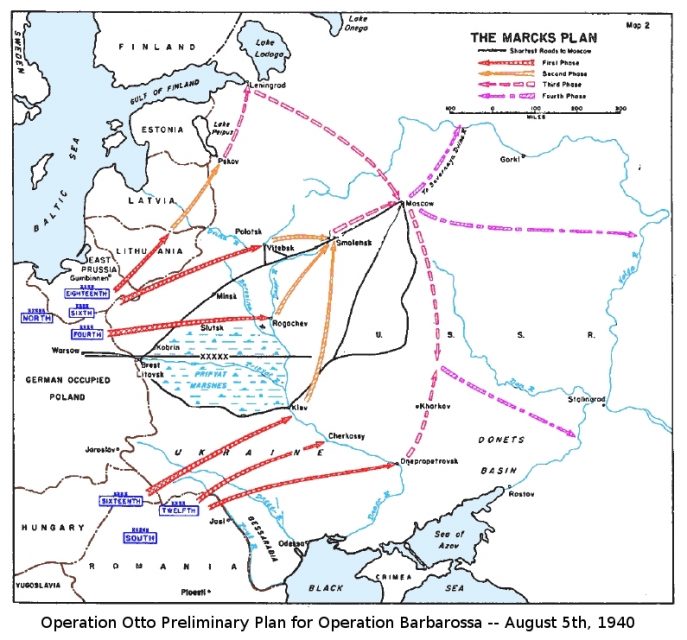
On the breakthrough of the southern defenses between Cherkassy and Zelena Brama, the German command sent the elite German military units of the 1st Panzer SS “Leibstandarte Adolf Hitler” of the 22nd SS Division, and the 49th Mountain Corps.
During the fighting at Zelena Brama, the German troops almost completely defeated the 12th and 6th Soviet armies of the Southwestern Front. Of the original number of 130,000 men, only about 11,000 Soviet soldiers escaped.
The Frontier Guard of the Southwestern Front assisted the retreating troops. The detachment included German shepherd service dogs. Unfortunately, the dogs and soldiers did not have enough food. Commanders of the Soviet armies in the area suggested that the service dogs be released. However, the commander of the detachment, Major Lopatin, chose to keep the dogs.
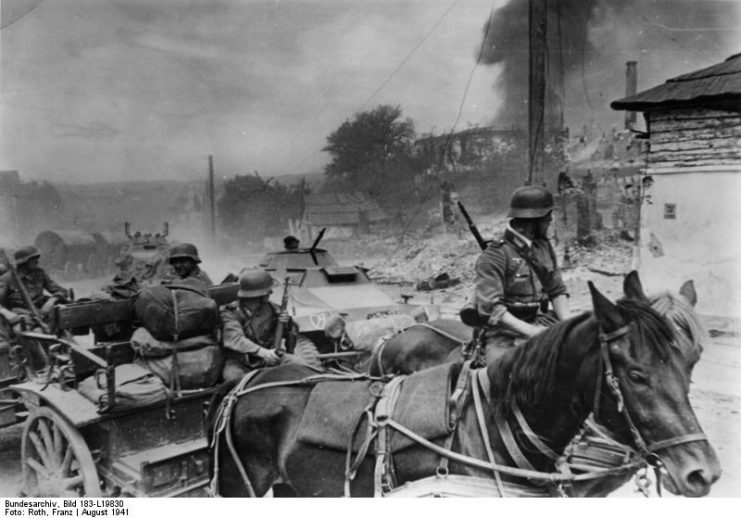
On July 30, 1941, the soldiers of the “Leibstandarte Adolf Hitler” launched an offensive on the village of Legedzino. The Germans, unlike the Russians, were well equiped and had excellent weapons. The moved quickly with the help of halftracks and armor.
500 frontier guards of the Southwestern Front were tasked with covering the retreat of the Soviet forces. Although over-matched, the border guards managed to destroy 17 vehicles and inflict a large amount of casualties on German soldiers. However, the fascist forces completely overwhelmed the defenders. When all the ammunition ran out, Major Lopatin ordered his men into hand-to-hand combat, taking with him all the service dogs.
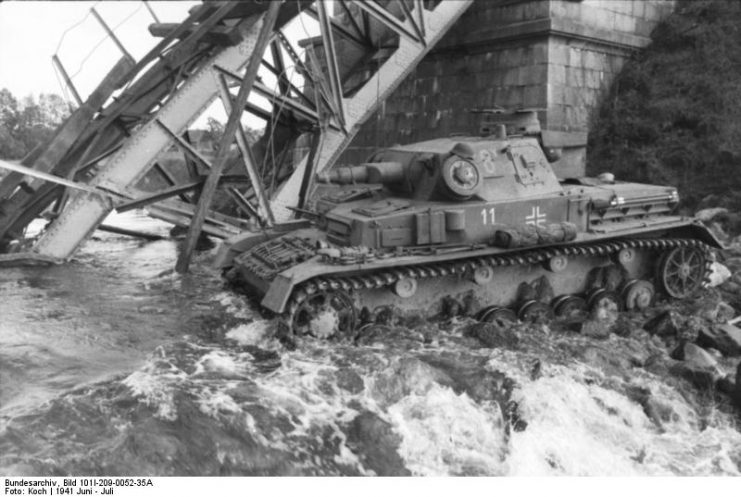
This was a last-ditch attack by the guards and their faithful dogs. After receiving the command “Fas!” the dogs vehemently tore into the bodies of the German soldiers. Even while receiving the attention of the German machine guns, the dogs continued to attack their enemy. Then the German command sent in additional armor and vehicles to help the infantry.
In this battle, all 500 brave border guards were killed. The surviving dogs stayed alongside the dead bodies of their handlers and did not allow anyone to approach them. The German soldiers then killed the dogs from a distance.
Some dogs that were not noticed by the German soldiers remained next to their masters and died of hunger. At the cost of their own lives, the border guards and their dogs slowed the German offensive for two days buying time for the retreating forces.
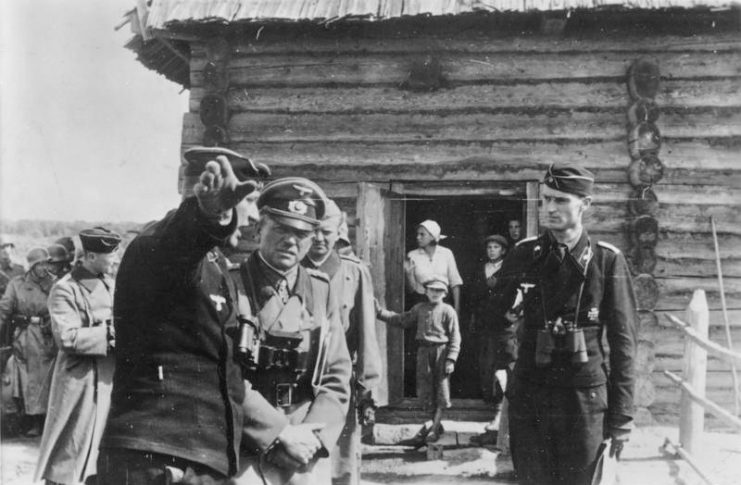
In a rage, having captured the village, the Nazis killed all the dogs, even those who were pets of the locals and on leashes. Through the efforts of the local residents, all the soldiers and their dogs were buried in a mass grave at the site of the battle.
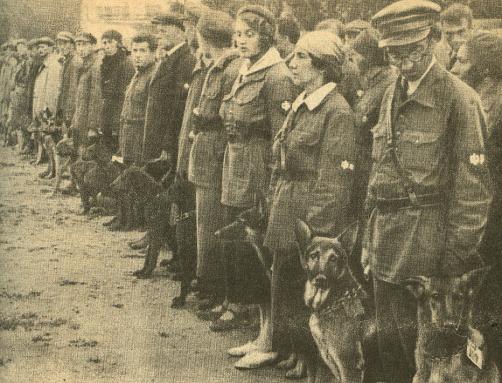
In 1955, the remains of the soldiers and dogs were moved to a cemetery near the village school. On May 9, 2003, thanks to voluntary donations, a monument to the border guard heroes and their brave dogs was opened. At the foot of the monument are three inscriptions. The main inscription reads:
«Stop and bow down. Here in July 1941 the fighters of the Separate Kolomna Border Commandant Command have risen in the last battle against the enemy. 500 border guards and 150 of their service dogs were killed while fighting bravely; in that battle, they remained forever faithful to their oath and their native land. »
There is an inscription to the dogs as well:
«Brought up by the border guards, they were faithful to them until the end»
